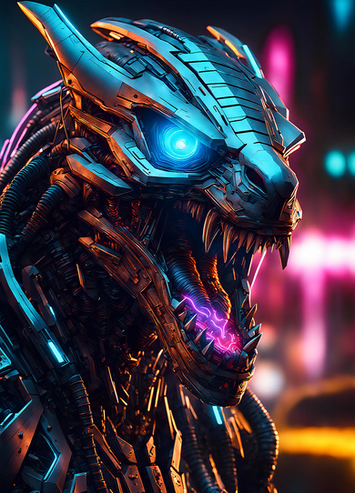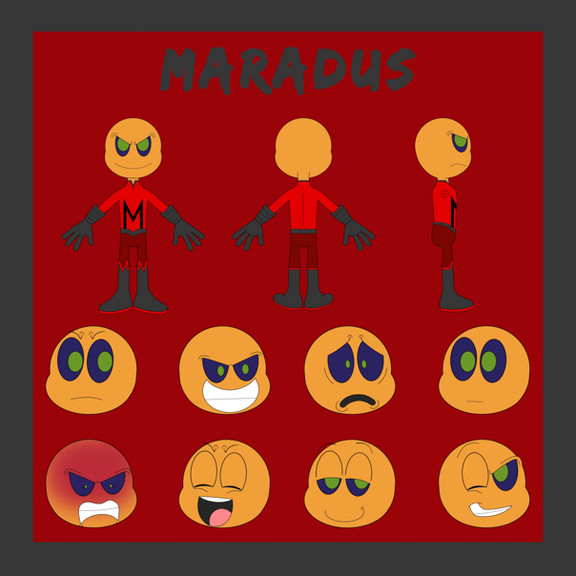HOME | DD
 JasonCardy — Terminator Tutorials
JasonCardy — Terminator Tutorials

Published: 2011-09-26 19:17:06 +0000 UTC; Views: 5294; Favourites: 76; Downloads: 289
Redirect to original
Description
Terminator Salvation Illustration guidesThis deviation takes some explaining! -->
These are illustrations I did a few months before the launch of the Terminator Salvation movie back in 2009 for the tie-in UK comicbook.
I was asked to explain the process of illustrating these things for the comic readers so I've included it here with a very rough guide to the steps.
The process below is VERY SIMPLIFIED and BASIC so you may not learn much from it but these files have been sitting on my comp for a while and I figured someone might find these useful, especially beginners to illustration or digital colouring.





Download to view full image, it's 2560 x 1280!!





----------------------------------
1) Pose Sketch -
Start with a quick, light pencil sketch to rough out shape, form and pose of a character using lines, boxes, and ellipses.
2) Rough Anatomy -
Once you are happy with the size and shape of your character, you can start thinking about anatomy, making sure limbs and bodies are the correct proportion as you draw over your sketch. Add more boxes and cylinders if it helps to think in terms of a 3 dimensional character.
3) Developed Form -
You can now 'sculpt' into your boxes and ellipses to get more realistic and accurate looking shapes. In the case of these Terminators, I referred the concept art and production stills to see what the limbs and bodies should look like and how they work. Finding suitable reference is always good practice!
4) Detailed Lines -
You can put in as much additional detail as you like. While I had to keep them relatively simple, these Terminators called for extra details in the joints and movable parts. You can complete your drawing in pencil here or, if you're confident, do the finer details when you ink with a pen/s.
5) Inks & Shadows -
You can trace over your drawing with black ink on a clean sheet of paper (if you can see through it) or, if you want to work on the same page, use a soft eraser to take out your pencil lines after the ink is dry. Alternatively, you even just scan it in and darken the lines digitally.
For these illustrations I wanted to decided to use hard black shapes for the shadow areas to simplify the characters, emphasise and make them more crisp. I decided where my light source would be and how it would effect the figure in 3D.
The drawing is now ready to scanned for digital colouring (or even coloured by hand, if you wish!). Scanning artwork at 300 DPI should give you a high enough quality image for colouring in detail.
6) Colour Flats -
We now need to lay down the basic colours for the character. By creating a layer of 'flats' (individual flat areas of colour) we will be able to select a part/s of the character to shade with a brush without the brush render 'flooding' out of the selected area.
Here is simple way of doing this- In Photoshop, copy your illustration layer then switch to 'Multiply' in layer effects. This makes the white parts of the illustration transparent so you can colour underneath it.
Delete the bottom layer then separate the key parts of the illustrations (with the pencil or selection tools) with different colours on a new layer underneath your drawing.
If you make your colour edges hard (not blended using an anti-aliased tool or brush) it will make rendering easier since you can select each coloured part can be selected with no fuzzy edges.
7) Renders & FX -
Create a new layer, again set to 'multiply' (for your shadows) and another set to 'screen' (for your highlights). Using the magic wand tool pick one or more coloured areas from your 'flats' layer and brush in some shadows and highlights on the appropriate layers you just made.
Keep brushing or add layers until you are happy with how the character is rendered. Don't forget to save your image as a layered PSD or TIF so that you can make adjustments in future. Otherwise Image Menu > Flatten Image to complete the illustration!





----------------------------------
Thanks for reading, I hope someone out there finds this simple tutorial useful!





Terminator Salvation © Warner, Titan
Artwork © Jason Cardy
Related content
Comments: 10

That is very, very cool. It's awesome that even your most detailed characters started with a few bubbles. You're Really good with 3D by the way. Would there happen to be some fun ways to learn how to draw 3D by the way, or am I stuck with practising by drawing boxes? D:
👍: 0 ⏩: 1

Thanks! I'm afraid practicing boxes and perspective is the best way unless you get hold of 3D software. Keep practicing and it will come!
👍: 0 ⏩: 0

Awesome stuff! I STILL struggle with my construction and sketching, so resources like
this are always very much appreciated!
👍: 0 ⏩: 1

Cheers, dude! Glad you like it and hope it may come in handy!
👍: 0 ⏩: 1

It sure will! I hope to get to work pencilling that script I've been ranting about since early summer, so I'll be pacticing like mad, rest assured!
👍: 0 ⏩: 0




























